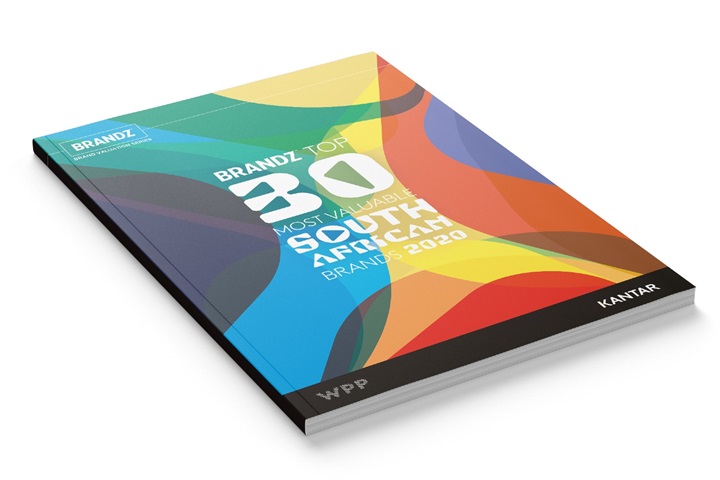Television advertising still dominates South Africa’s ad budgets and can, on average, reach 78% of the population.
The Kantar BrandZ Top 30 Most Valuable Brands report, commissioned by WPP, released this week, also says an analysis of multiple campaigns shows brands that “adopt a multi-channel strategy have a higher chance of success”.
South Africans, it reports, are consuming media on a greater number of devices, encountering advertising at “every point of their daily journey” from TV, magazines, newspapers, out of home, mobile apps and digital experiences. But, they warn, not all channels are created equal.
If a brand to choose one channel to host a campaign, it would be TV, due to national broadcasting reach and the fact that South Africans “watch almost double the amount of live TV as the rest of the world”. Still, consumers are more likely to respond positively when seeing an ad offline or on YouTube too. “The overall performance of a campaign is “much better when media types are combined”.

The cumulative value of the Top 30 brands in 2020 is $29.7 billion, down 20% from 2019. As in other regions, South African brands have been heavily impacted by the coronavirus pandemic. This global crisis came on the back of the ongoing macroeconomic challenges faced by the country as its government debt was downgraded to junk status.
These external factors have compounded the pre-pandemic tendency for many major South African brands to grow through business expansion rather than innovation to enhance the brand experience. This has led to low brand equity, especially in comparison with leading brands in other countries where BrandZ undertakes valuation rankings. As a result they are vulnerable in the currently difficult climate, which has highlighted that brand building will be key to recovery.
“The importance of being a strong brand has been tested to the limit by the global pandemic and proved an imperative company asset,” said David Roth, CEO of The Store WPP, EMEA and Asia and chairman of BrandZ. “
As brands around the world shoulder their responsibility to continue to meet consumer need, however much that has changed, it is a timely reminder of how and why to invest in brand building for the short and long-term. With South Africa’s additional challenges thrown in to the mix, South African brands that do this will be in the best position for recovery – and will also be our headline stars in the next few years.”

“This recognition was only made possible by our customers. It indicates that they have trusted the brand to deliver on our promise of help; of which we are immensely grateful for,” said Faye Mfikwe, FNB chief marketing officer.
“As a brand we’ve been on a journey to place the customer at the centre of everything we do, building integrated financial solutions that address core customer needs and consistently innovating at the back of understanding what these are. This has resulted in improved customer trust and an understanding of the relevance of the brand in our customers’ lives, culminating in us being recognised as the most valuable brand in South Africa, an accolade that we’re extremely proud of.”
The BrandZ report said First National Bank outperformed its rivals with a brand value of $2.8 billion, noting its “commitment to innovation to make it easy for customers to manage their lives drives a broad remit that includes a multi-feature banking app, as well as facilities to book flights, buy insurance and manage car registrations and ownership. Standard Bank took the No.2 spot with a brand value of $2.75 billion.
Flavoured beer brand Flying Fish, is the highest new entry in the ranking at No.28 with a brand value of $333 million. Insurance group Hollard, with a brand value of $285 million, is the other newcomer, making it into the ranking at No.30.
Interestingly, BrandZ analysis also shows that consumer expectations of brands to act more responsibly have tripled in the last 10 years, and that 9% of a brand’s equity (a key element in the calculation of brand value) is now driven by corporate reputation.
“Brands with a clearly defined purpose to benefit communities and society are becoming increasingly important to consumers as a result of the coronavirus pandemic; 90% of South Africans believe that brands should talk about how they can be helpful in the new everyday life,” researchers reported. “Meeting this consumer need has the potential to drive long-term growth for brands in South Africa; brands in the Global Top 100 Most Valuable Brands ranking with a high purpose score grew 175% in value between 2006 and 2018, compared to 70% for those with a low score. “














